Step into the universe of Star Trek—a groundbreaking series that has captured the hearts of millions. Debuting in 1966, it set the stage for an extraordinary space exploration saga brimming with captivating tales and hidden treasures.
From the visionary creator Gene Roddenberry to the iconic ensemble cast, the secrets behind the scenes of Star Trek are as captivating as the adventures on screen. Join us as we reveal the exciting stories behind the classic show. Engage!
The First Pilot for ‘Star Trek’
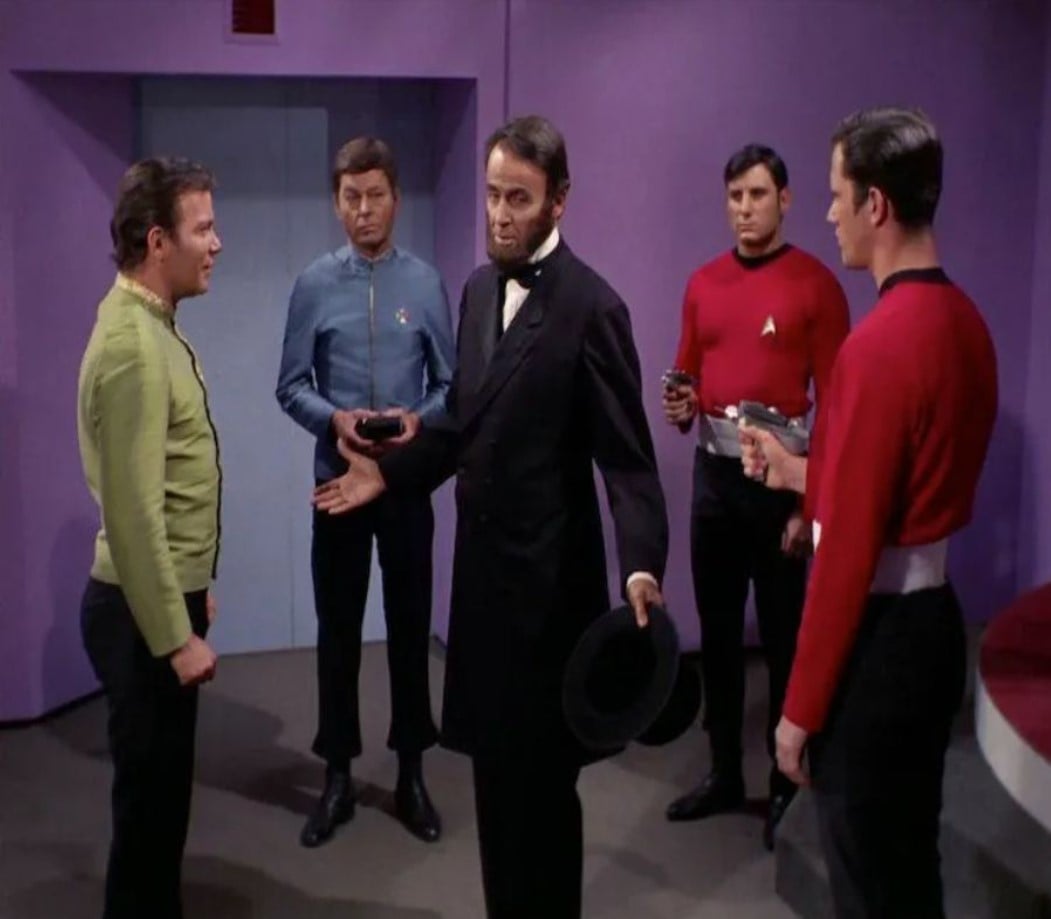
Although the initial Star Trek pilot was turned down, the network saw potential and commissioned a second pilot. The original version, titled The Cage, was nothing like the Star Trek we know today.
The captain was Pike instead of Kirk, and Spock only played a minor role. The network deemed The Cage too academic and difficult for the target audience. However, the second pilot, Where No Man Has Gone Before, was just right.
Paramount Didn’t Really Want ‘Star Trek’

Desilu Studios, which produced the pilot episodes for Star Trek, gave the show a huge boost. Everything changed, however, when Desilu was purchased by Gulf Western and Paramount Pictures in 1967. The rights to Star Trek were offered to creator Gene Roddenberry by Paramount, but he couldn’t afford it.
As a result, Paramount was forced to continue airing the show. The studio wanted to get rid of it, according to producer Herb Solow, because it was losing money and didn’t have enough episodes for syndication.
Captain VS Spock
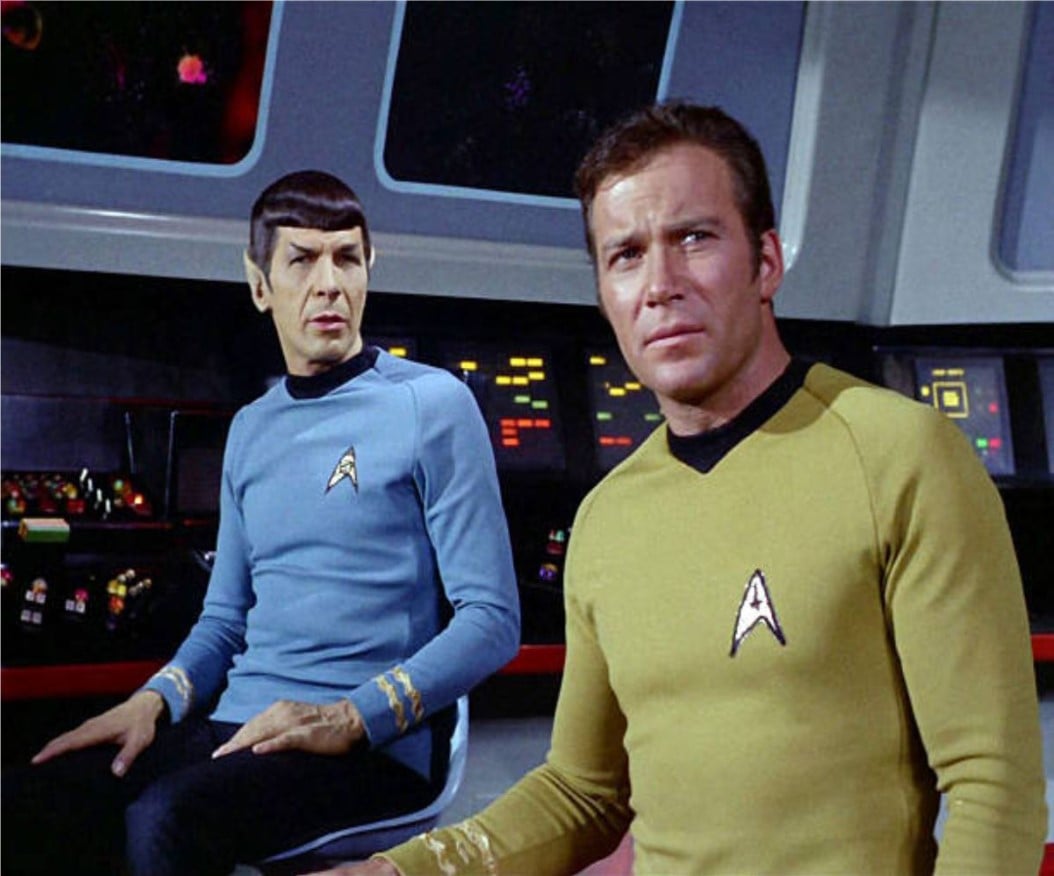
During an incident, Shatner stopped a photographer from entering Leonard Nimoy’s dressing area for a profile shot. This behavior stemmed from Shatner’s envy of Nimoy’s character, Spock.
Shatner even swiped words intended for Spock because he wanted the Captain to appear more intelligent than everyone else. Naturally, Nimoy was irritated. Returning to the dressing area, Nimoy refused to put on makeup until Shatner allowed the photographer to continue with the shot.
Who Owned All ‘Star Trek’ Merch Rights?
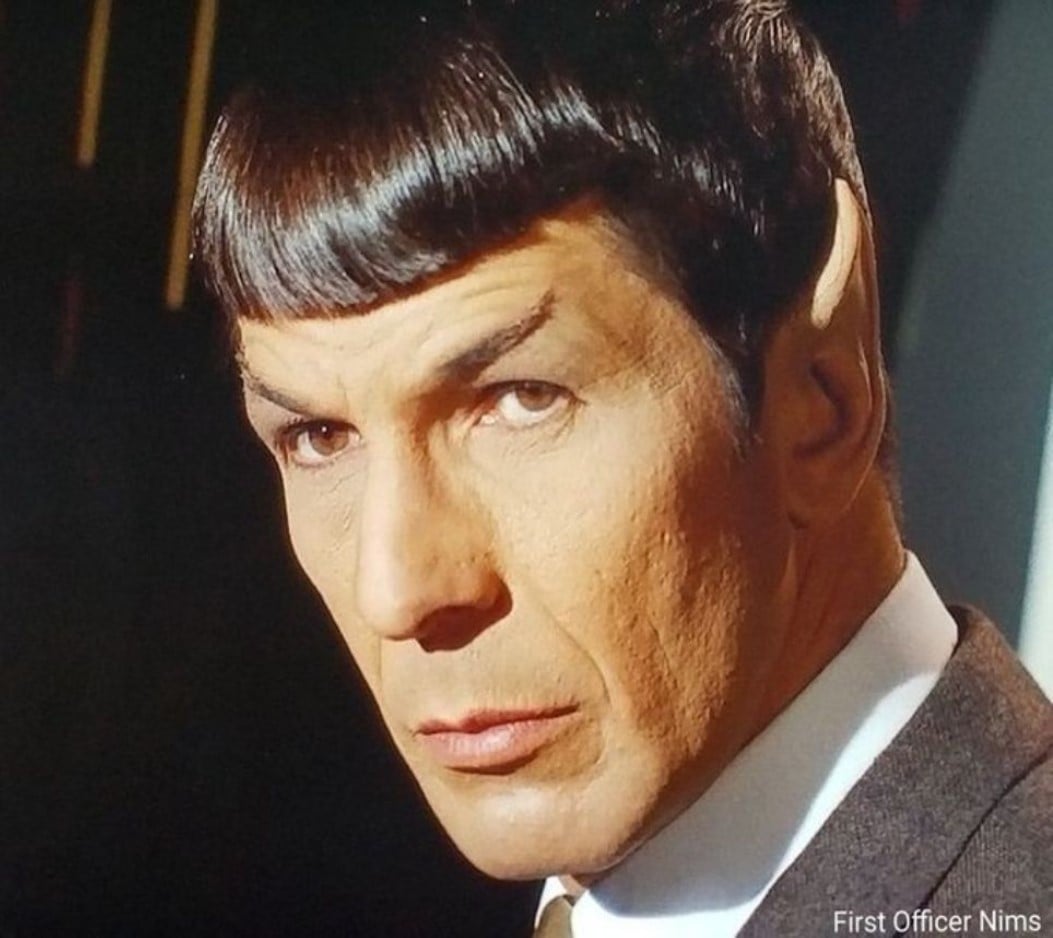
Nimoy received a substantial paycheck of $2,000 per episode, which was quite significant at the time. Nimoy’s character, Spock, became a global phenomenon as the show gained popularity.
His image started appearing on various merchandise, even in Heineken beer ads in London. This success led to some resentment from Shatner, and the Captain attempted to renegotiate his contract, seeking a raise, but the network refused to budge
Scriptwriter Dorothy Fontana Was Disguised

Fontana was instrumental in defining Spock’s Vulcan identity and writing key episodes. Unfortunately, throughout the 1960s feminist movement, her work received little attention. To avoid the existing views, she frequently wrote under aliases such as “Michael Richards.”
Fontana adopted the gender-neutral credit of “D.C. Fontana” to placate Roddenberry and the network, which, like the rest of society, was skeptical of women holding prominent positions in television writing.
Roddenberry Was a Known Womanizer
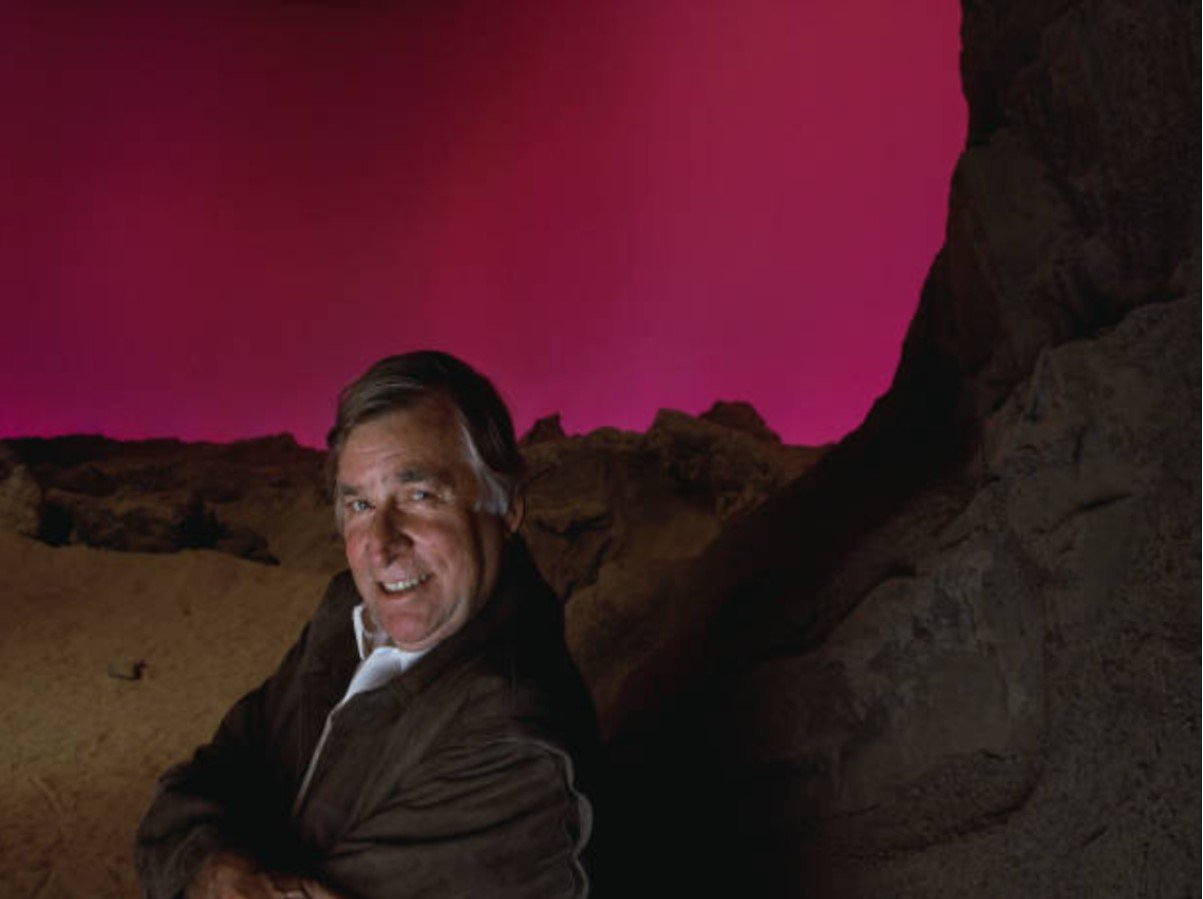
Despite his marriage to Eileen Roddenberry, it is alleged that Star Trek creator Gene Roddenberry had affairs with Nichelle Nichols and Majel Barrett. He had hoped for an open relationship with both ladies while keeping it disguised from his wife.
Nichelle, on the other hand, decided not to participate as Majel’s “other woman.” Roddenberry resided with Majel in an apartment near the Desilu studios, and he hired his secretary staff to deceive both his wife, Eileen, and Majel about his adulterous affairs.
Nichelle Nichols Almost Quit
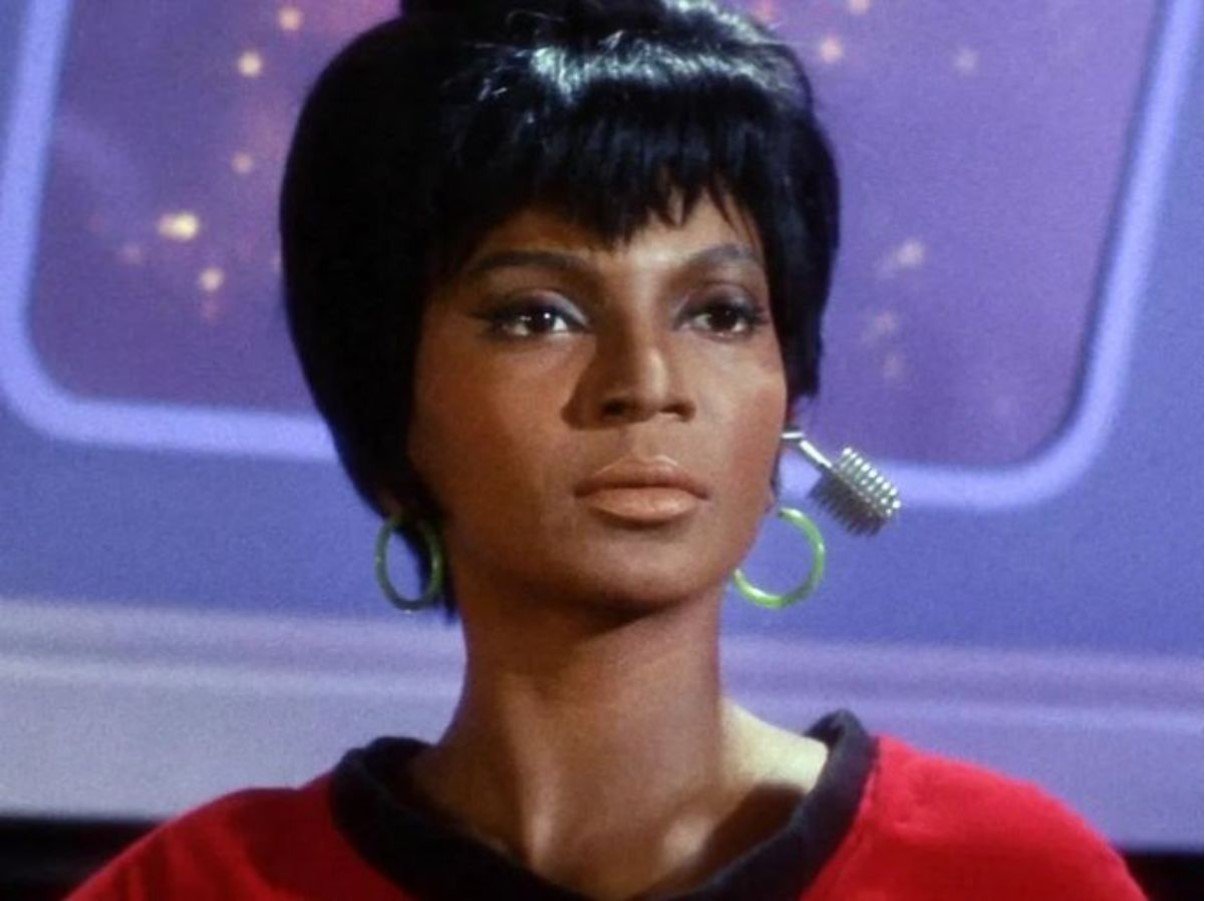
Nichelle Nichols was bored with her role on Star Trek. She had few lines, loathed working with Shatner, and considered relocating to Broadway for a fresh start. However, a watershed moment came when Dr. Martin Luther King, Jr. and Coretta King visited the set.
He admired the show’s portrayal and asked her to stay, prompting her to reprise her role as Lt. Uhura.
Roddenberry Stepped Down
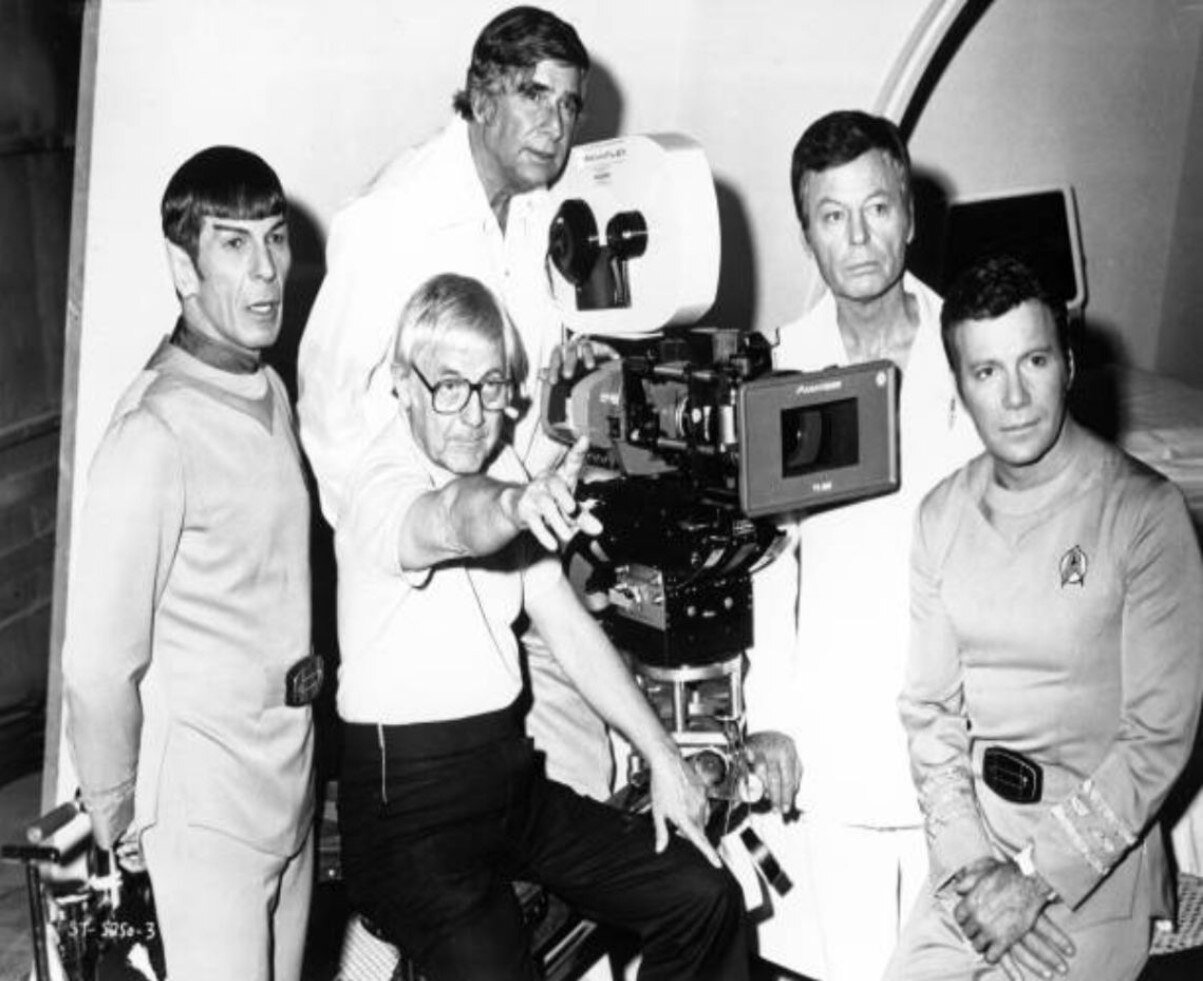
Due to the decision to air the show on Friday nights, known as the “death slot,” and budget cuts of $10,000 per episode, Roddenberry decided to leave the show. He felt he couldn’t endure it any longer and considered NBC’s “double-cross” the final straw.
Fred Freiberger took over as showrunner for the third season. Known for his efficiency in delivering episodes within schedule and budget, Freiberger was an experienced television writer and producer.
Shatner’s Roddenberry Problem

During the third season of Star Trek, William Shatner expressed his displeasure with Gene Roddenberry. In his book Star Trek Memories, Shatner criticized the show for becoming “sloppy,” attributing this to Roddenberry’s disengagement from the project.
Shatner was particularly irritated by Roddenberry’s use of commercialization opportunities. He accused Roddenberry of wanting to extract every possible cent from what he viewed as a fading franchise, which Shatner referred to as “his dying cash cow known as Star Trek.”
Nichelle Nichols Faced Prejudice

Lieutenant Uhura, a brilliant commander, was played by Nichelle Nichols, who felt her part to be pioneering. Despite her success on screen, Nichols encountered bias within the studio.
She was mistreated, including being denied access at the gate and forced to take a longer route for security. Surprisingly, one guard even stated a white woman had replaced her. These occurrences fueled her desire to leave the show.
The Infamous Kiss
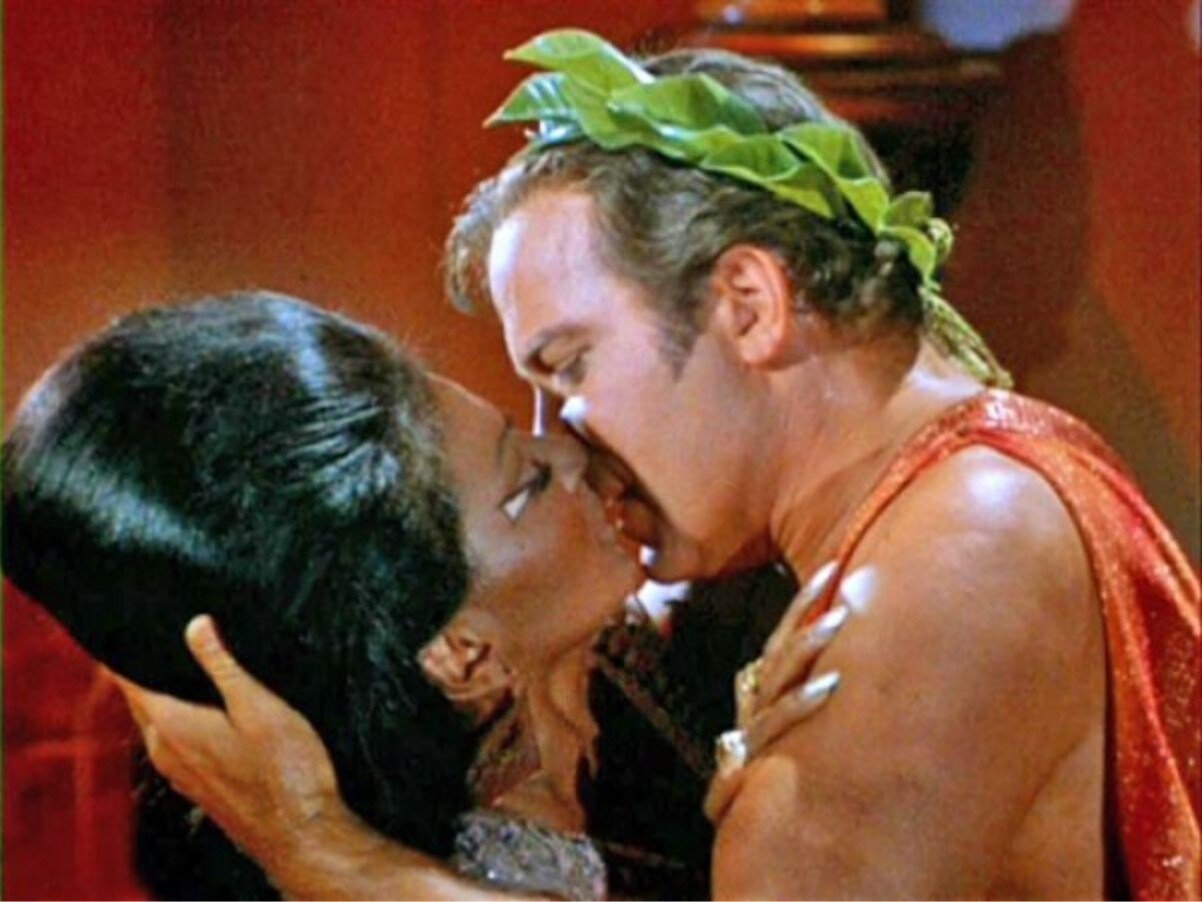
Although Plato’s Stepchildren (1968) is on the list of bad episodes, it has one redeeming quality. Initially, the showrunners planned for Spock to initiate the interracial kiss with Lt. Uhura. However, William Shatner’s self-centered nature intervened.
Shatner insisted that he should be the one to participate in the groundbreaking moment, believing that if there was going to be the first interracial kiss in television history, it had to involve him.
John Barrymore Was Cast as Lazarus
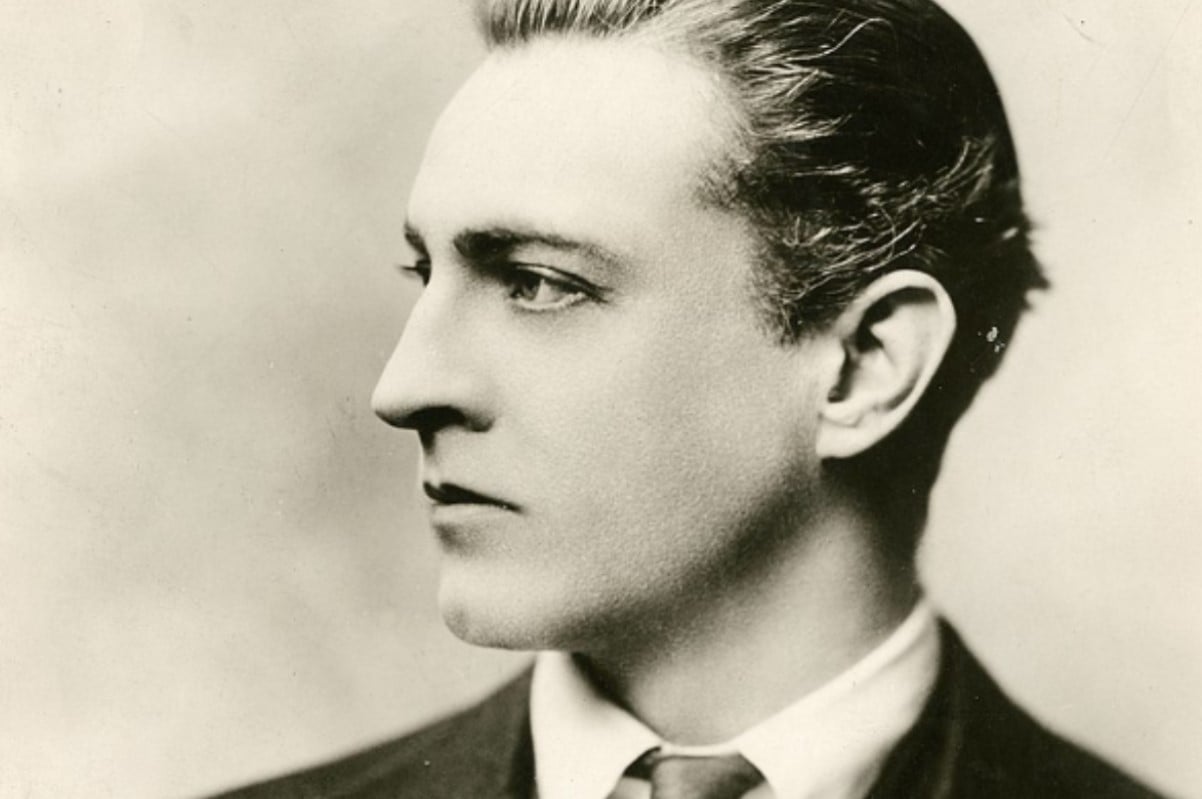
Initially, John Barrymore was cast in the role of Lazarus. However, he received a revised screenplay on the day of the final outfit fittings. After reading it, Barrymore took a lunch break and never returned to the set.
The production team was enraged since losing an actor at such a critical time was extremely problematic. They took action by petitioning the Screen Actors Guild and were successful in having Barrymore suspended for six months.
‘Deep Space Nine’ Bravely Tackled Social Issues

From 1993 to 1999, the television series Star Trek: Deep Space Nine (DS9) replaced Star Trek: The Next Generation. One significant episode, Rejoined, was one of the first TV series to address same-sex couples.
The kiss between Jadzia Dax and Lenara Kahn sparked a heated reaction from fans when it was first televised before the homosexual rights movement gained significant traction. While some viewers were taken aback, many praised the forward-thinking initiative.
What Would Gene Roddenberry Say?
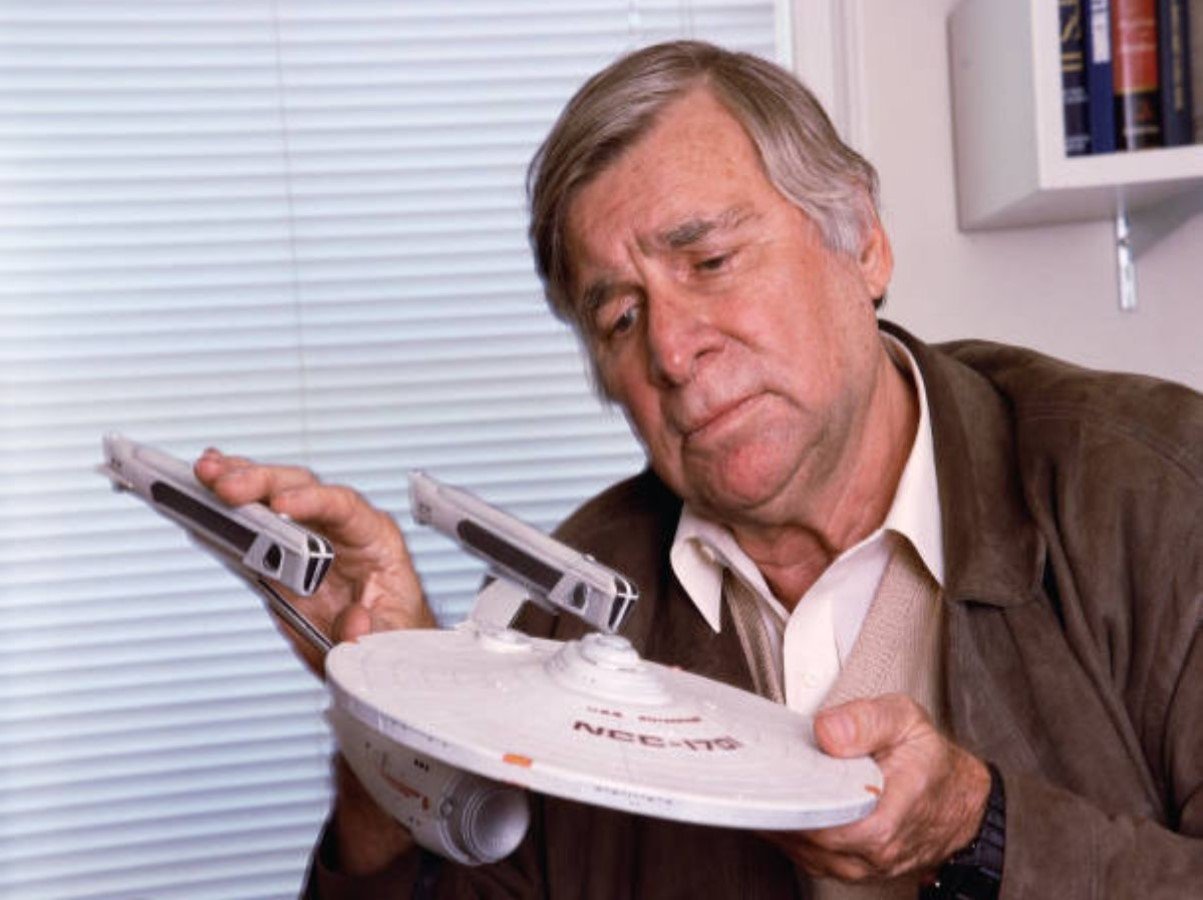
Gene Roddenberry, the creator of Star Trek, passed away in 1991 at 70. Had he been alive, he would have reached his 100th birthday in 2021.
When Star Trek: Deep Space Nine (DS9) premiered in 1993, discussions among Trekkie circles arose about Roddenberry’s hypothetical approval of another Star Trek television series. Many speculated that he would have disapproved of it.
